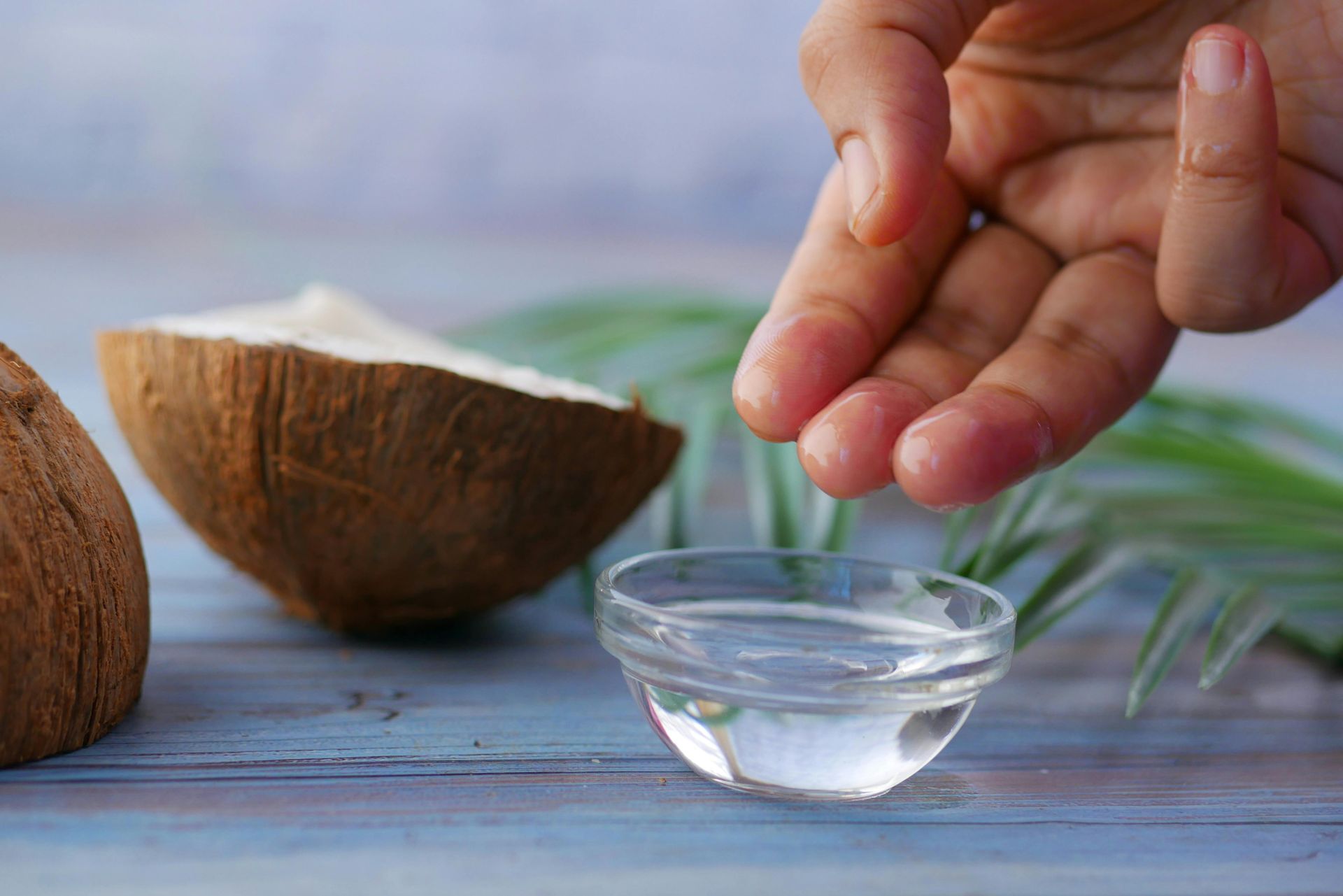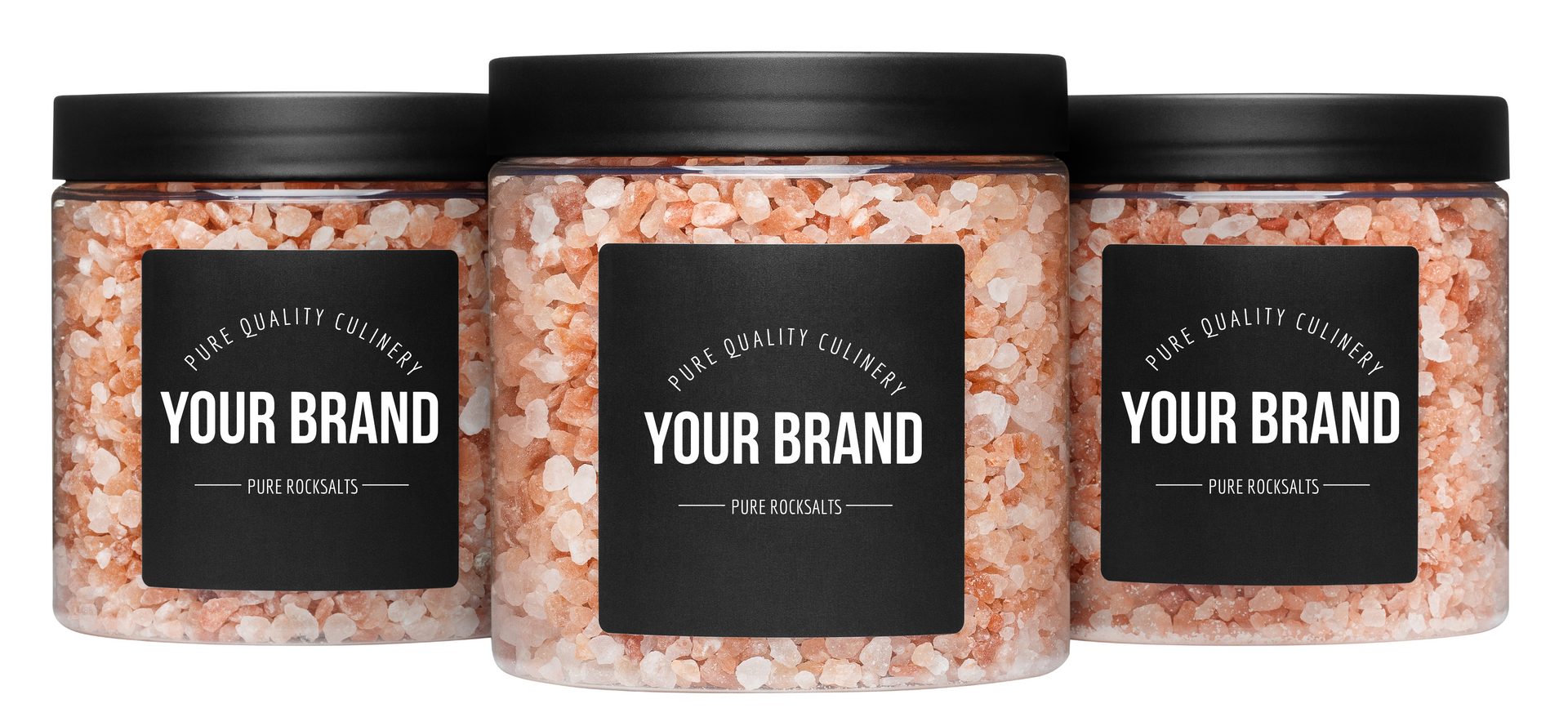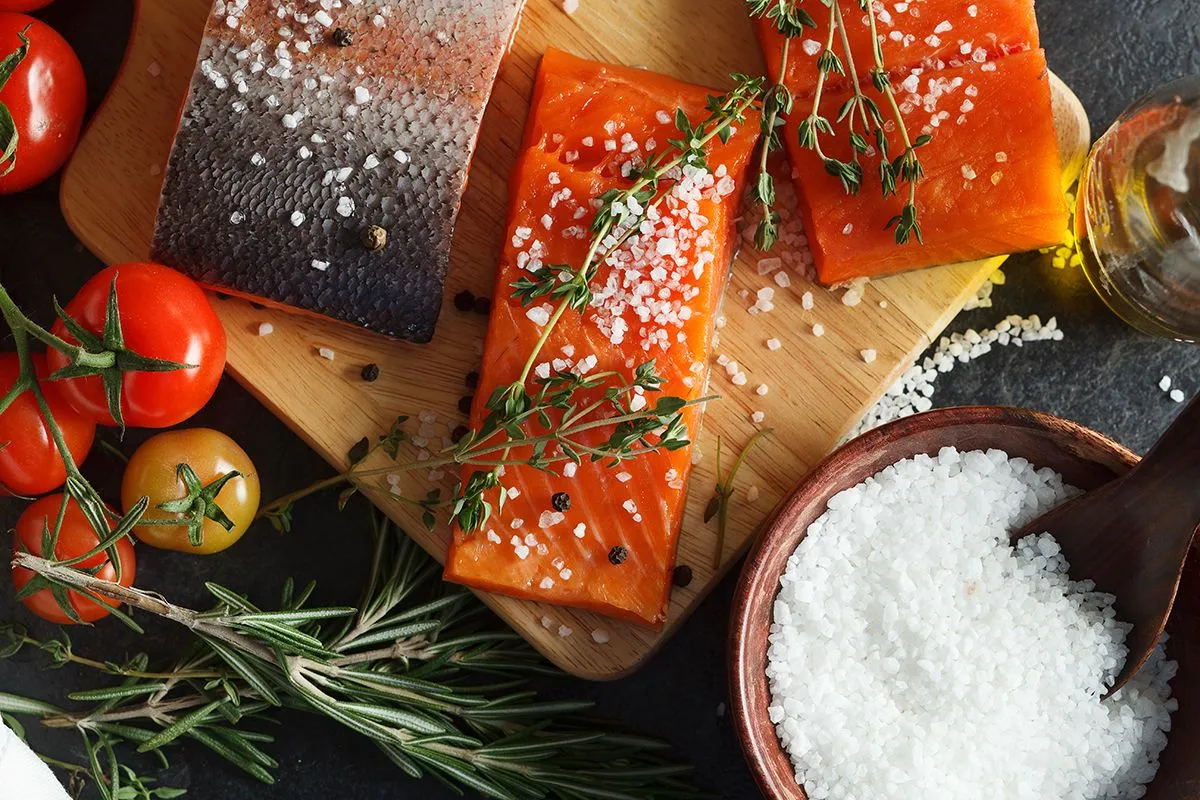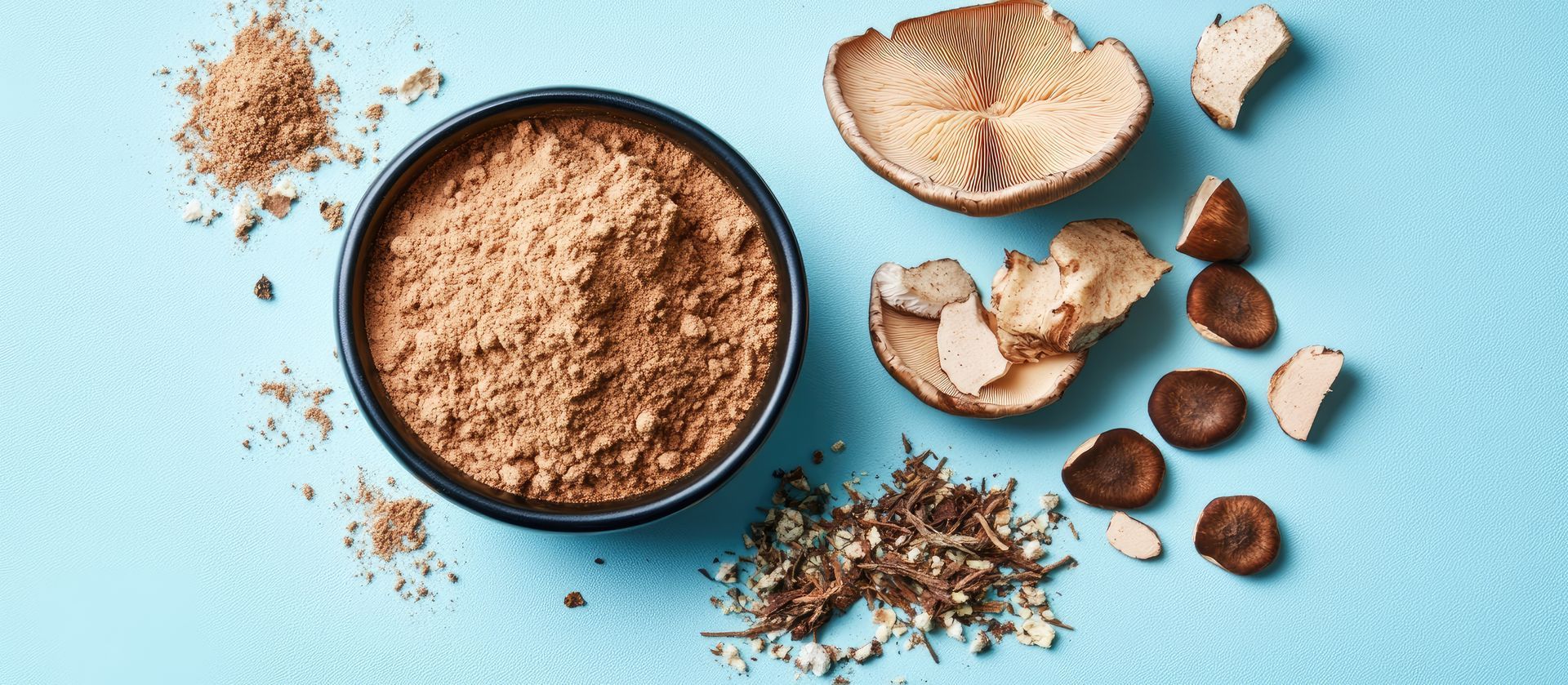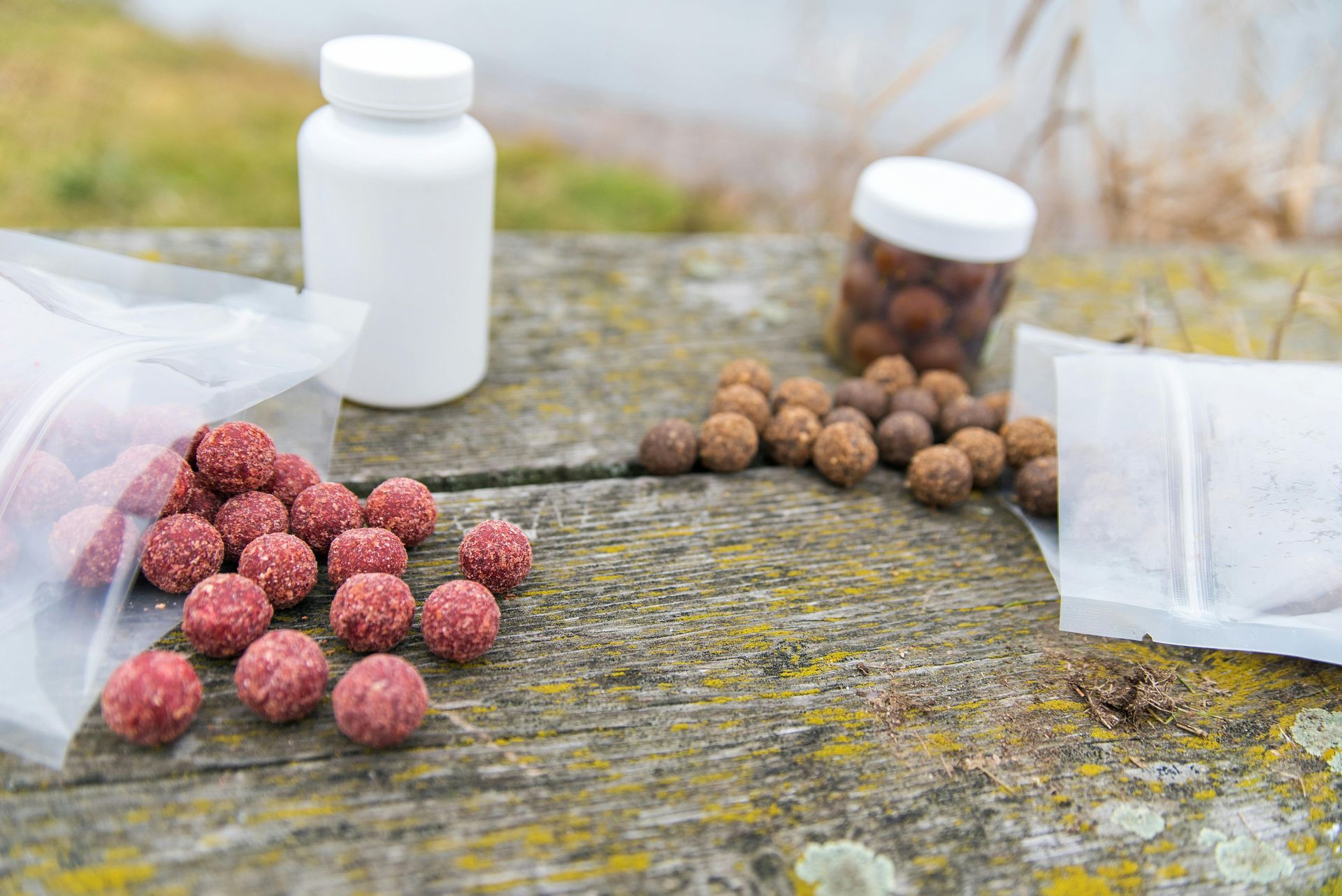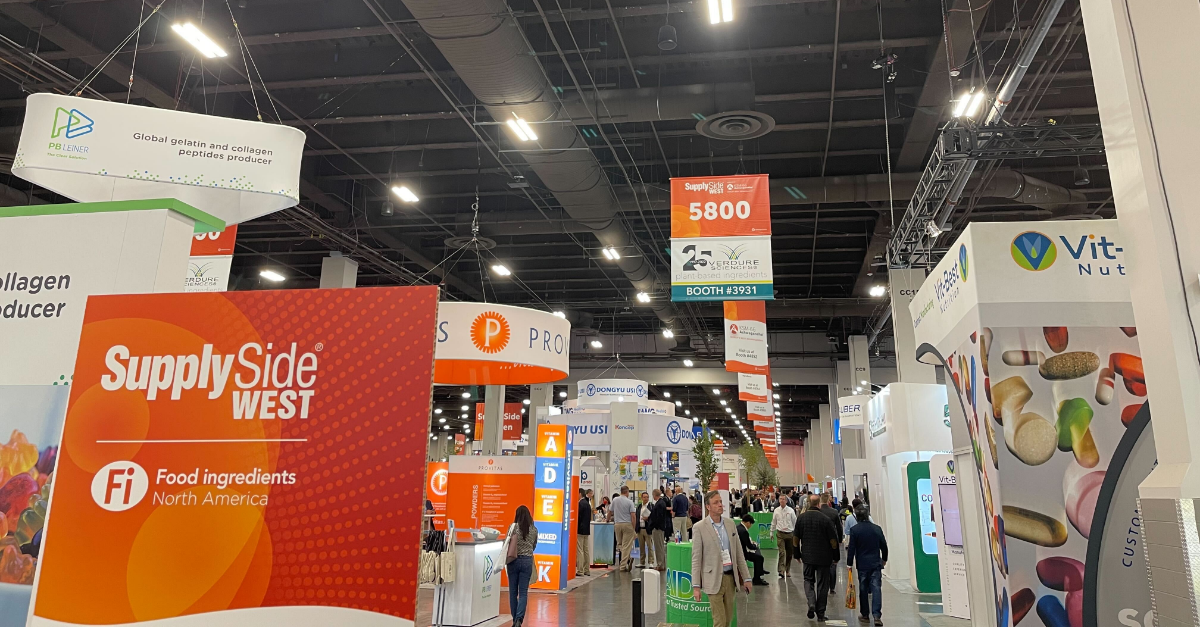The Condiment Packaging Design Challenge
Condiments are a staple in most households, restaurants, and fast-food chains. Yet, anyone who has ever struggled with a stubborn ketchup bottle or cursed condiment container for not being able to get enough sauce out understands that packaging can make or break the experience. Traditional packaging methods, such as glass bottles, plastic squeeze bottles, and single-use sachets, have served us well but are not without their flaws. These include challenges with usability, waste, and even environmental impact.
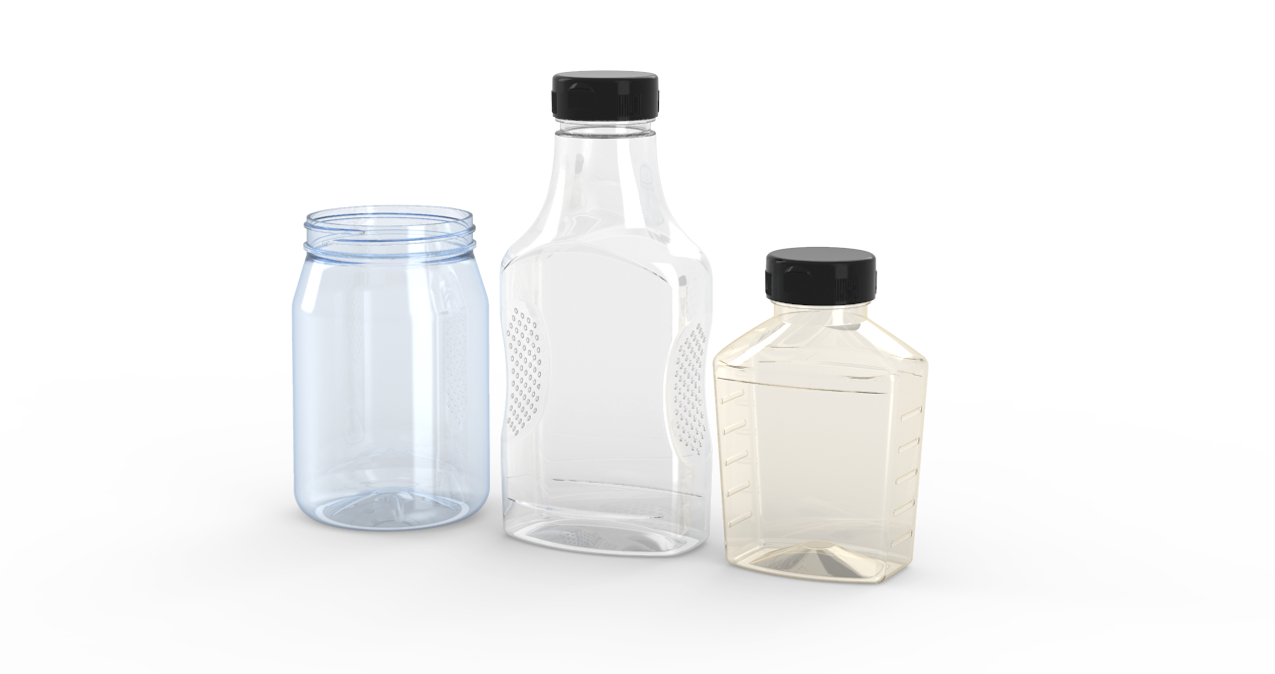
Balancing Durability and Flexibility
One of the primary design challenges with plastic condiment packaging is finding the right balance between durability and flexibility. Packaging needs to be sturdy enough to protect the product during transportation and storage, yet flexible enough to allow for easy dispensing.
Durability
The packaging must withstand drops, pressure, and temperature changes without breaking or leaking. At the same time, it needs to prevent the condiments from spoiling, which often requires multiple layers of plastic to create an effective barrier against air and moisture.
Flexibility
Consumers expect packaging that’s easy to handle and squeeze, especially with products like ketchup, mayonnaise, or salad dressing. Achieving this flexibility without compromising durability is a delicate balance.
Portion Control and Waste Reduction
The most significant challenges in designing plastic condiment packaging is controlling portion sizes to reduce waste. Single-use sachets and squeeze bottles can lead to excess product being dispensed, contributing to both food and packaging waste.
Over-Dispensing
Squeeze bottles, while convenient, often result in more product being dispensed than needed. This not only wastes the product but also increases the amount of packaging needed to hold larger quantities.
Packaging Waste
Single-use packets are notorious for creating excessive waste, especially in fast-food settings. These packets are often difficult to open, leading to frustration and accidental spills, further contributing to waste.
Designers must innovate ways to offer better portion control while minimizing the environmental footprint of each package.
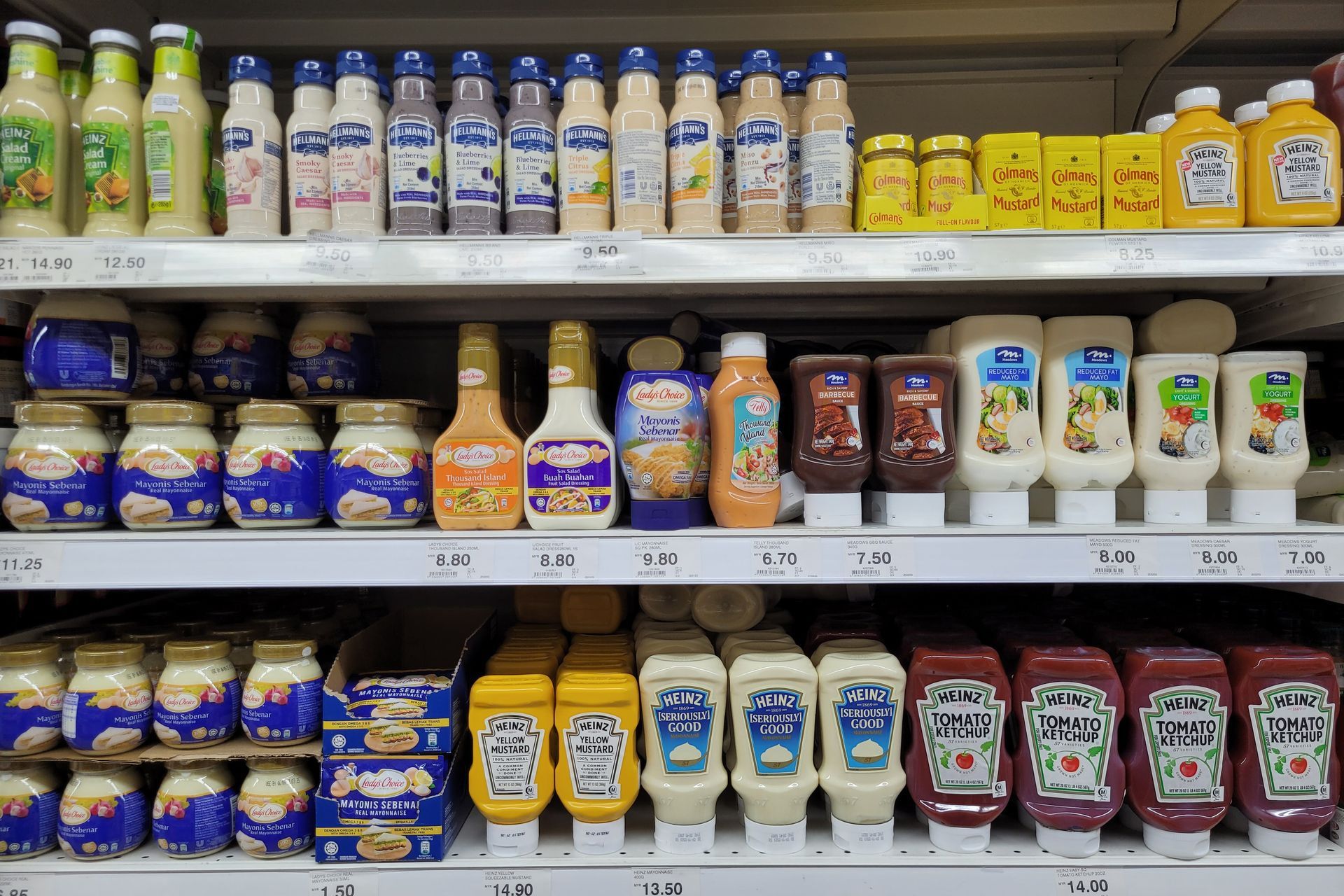
Consumer Convenience and Experience
Packaging isn’t just about holding the product; it’s about enhancing the consumer experience. Plastic condiment packaging must be easy to use, appealing, and practical, all while meeting the needs of diverse consumer demographics.
Ease of Use
Consumers expect packaging that’s intuitive and easy to open, squeeze, and reseal. However, achieving this simplicity can be complex. For instance, ensuring that a squeeze bottle dispenses the right amount without clogging, or designing sachets that tear easily without making a mess, requires careful consideration of material properties and structural design.
Appeal
Packaging design also plays a crucial role in brand differentiation and appeal. Consumers are drawn to packaging that is visually appealing and aligns with their values, such as sustainability. Designers must balance aesthetics with functionality, often under strict cost constraints.
Cost Efficiency
Finally, cost remains a significant challenge. Plastic condiment packaging needs to be affordable for manufacturers while also being cost-effective for consumers. Sustainable materials and advanced designs can drive up production costs, creating a dilemma between innovating and maintaining price competitiveness.
Material Costs
Sustainable alternatives often come with higher production costs. Additionally, complex designs that improve usability or reduce waste may require more sophisticated manufacturing processes, further driving up costs.
Economic Viability
Manufacturers need to balance the desire for innovation with the reality of consumer price sensitivity. Striking the right balance between innovation, sustainability, and affordability is a persistent challenge.
The Future of Plastic Condiment Packaging
The design challenges associated with plastic condiment packaging are multifaceted, requiring a holistic approach that considers functionality, sustainability, consumer convenience, and cost. As technology advances and consumer demands shift, there’s an ongoing push towards smarter, more sustainable packaging solutions.
In the future, we can expect to see more innovations aimed at reducing waste, improving recyclability, and enhancing the overall user experience. From increased use of recycled plastics to smarter dispensing mechanisms, the industry is moving towards a more sustainable and efficient future. However, overcoming these challenges will require collaboration across the supply chain—from material scientists and designers to manufacturers and consumers. The result will be packaging that not only serves our immediate needs but also protects our planet for generations to come.
Looking for Expert Packaging Design and Production?
Plasene offers years of packaging design, manufacture and production at your brands and consumers finger tips. With innovative designs and customization options that will make your product delivery unique. Partnering with us - we can also offer sustainable options whether you wish to go for 100% recycled materials or a combination of virgin and post consumer materials, you can expect the highest quality in packaging and service you can bank on.
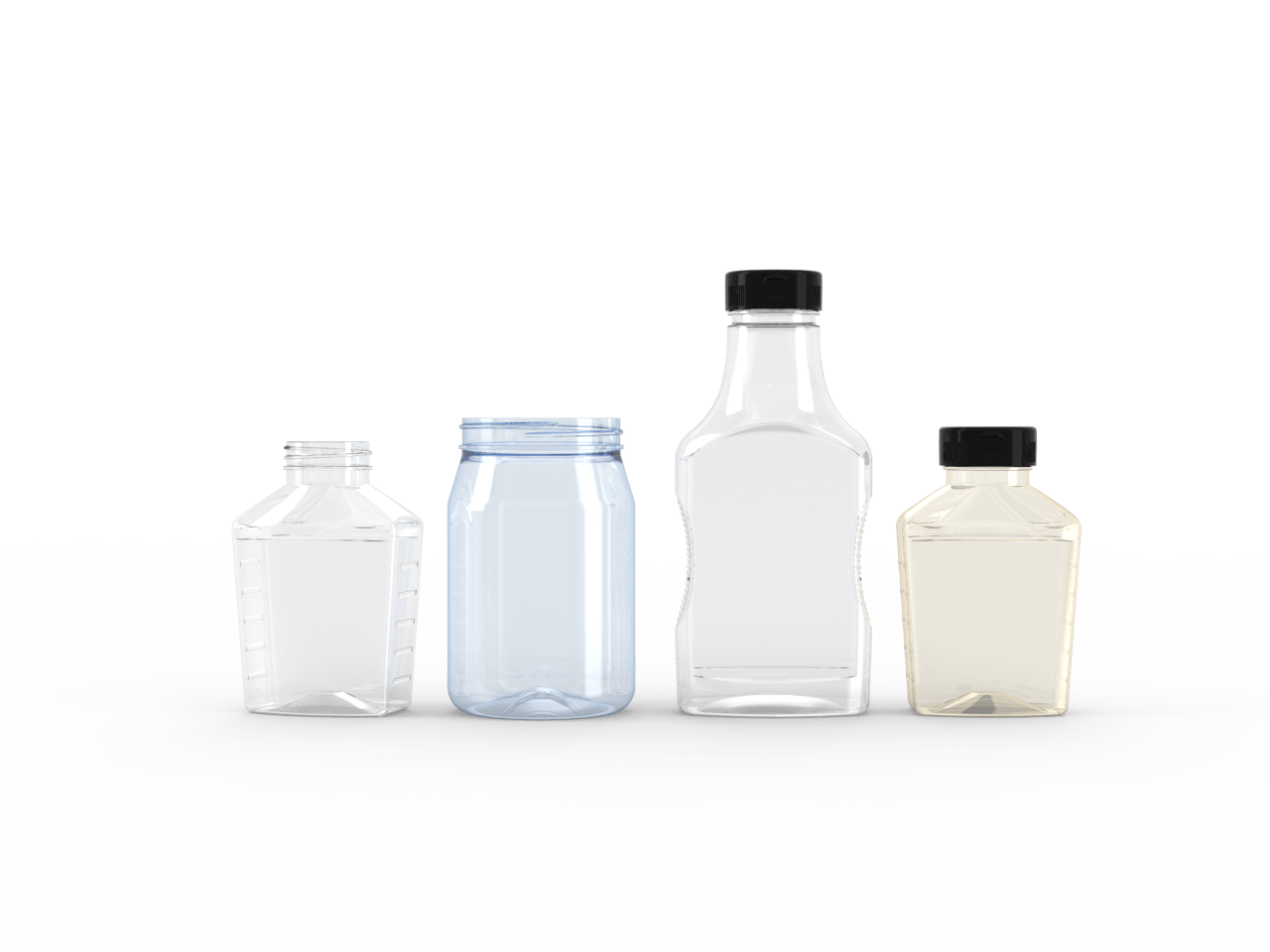
Condiment Bottles, Jars & Caps
Write your caption hereVist Our Catalog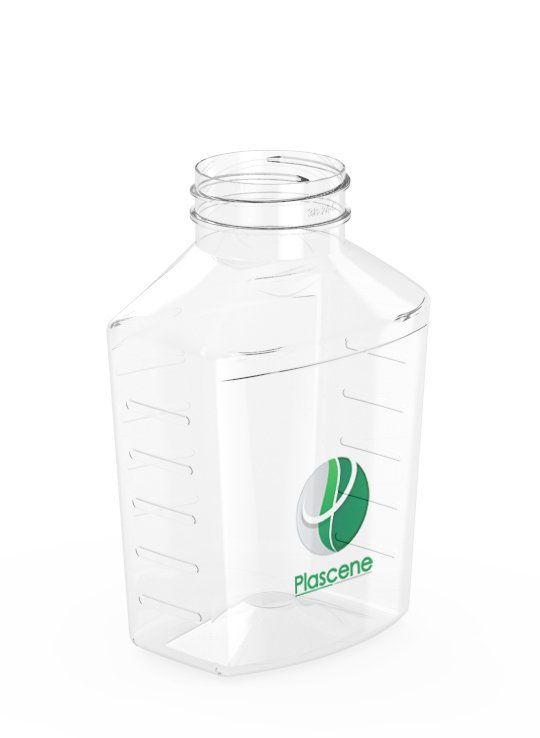
Condiment Jar
Write your caption hereVist Our Catalog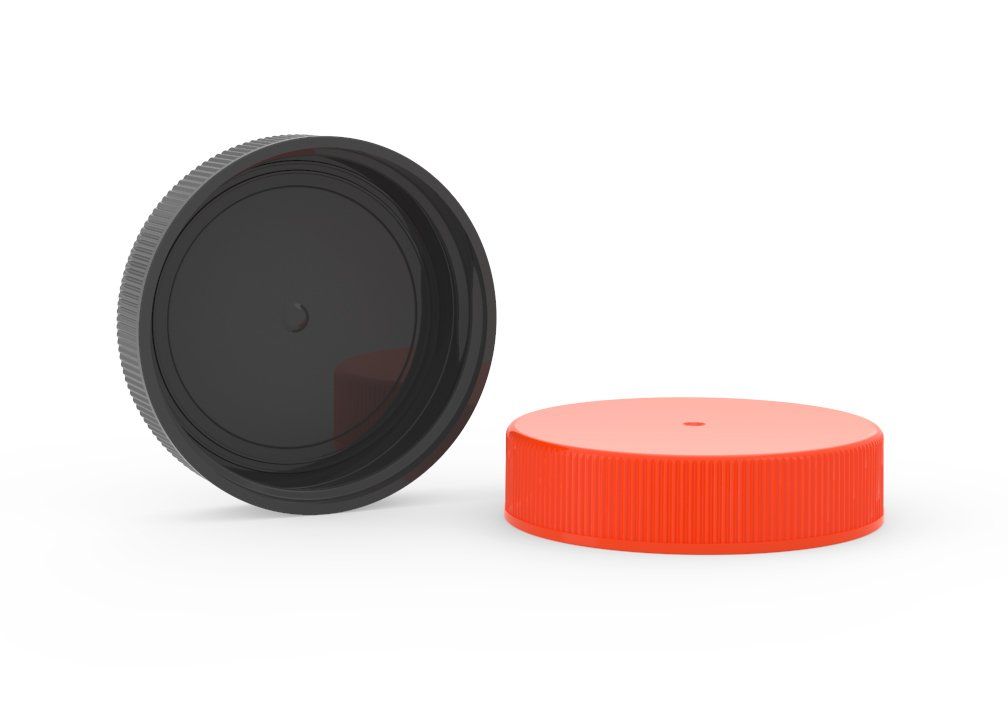
Caps & Closures
Write your caption hereVisit Our Catalog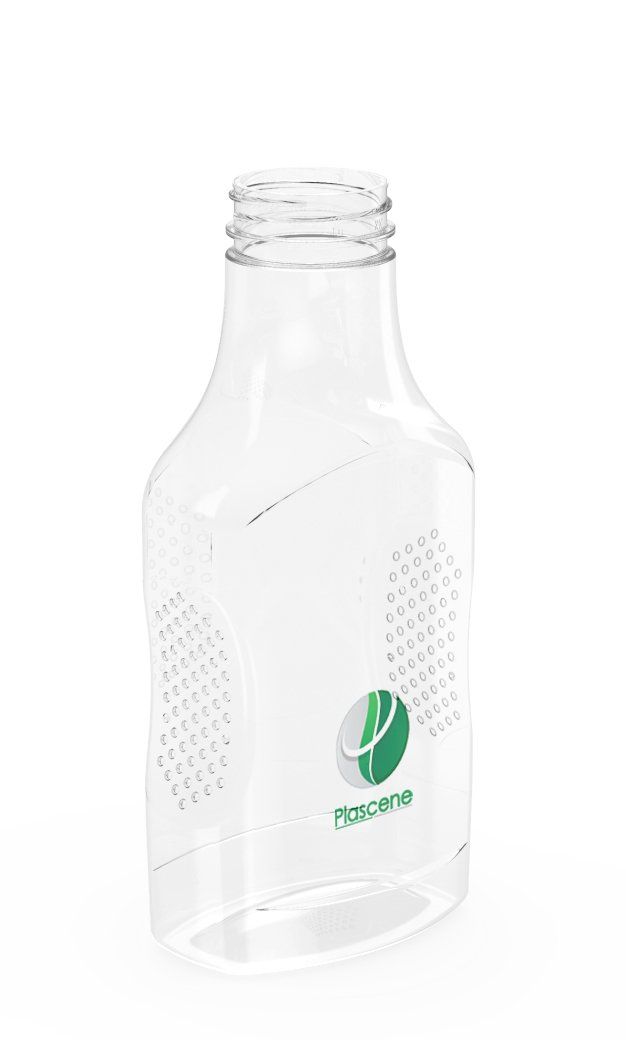
Condiment Bottle
Write your caption hereButton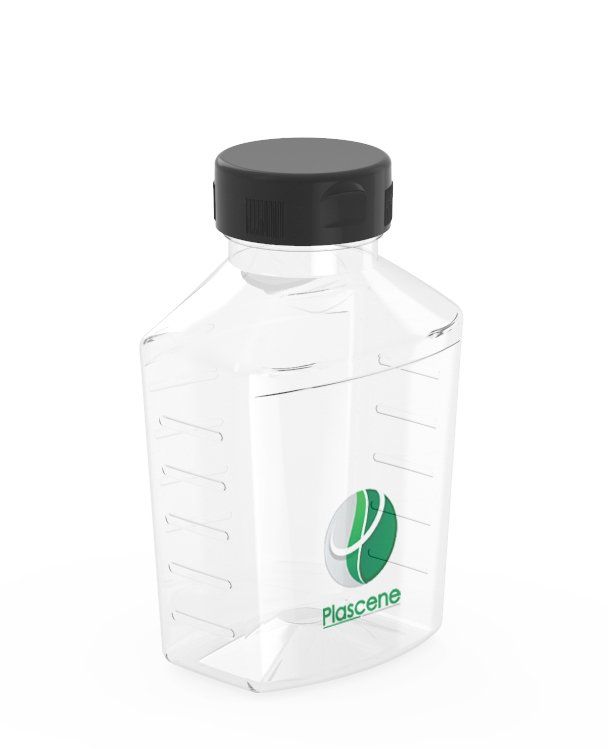
Condiment Bottles & Caps
Write your caption hereVist Our Catalog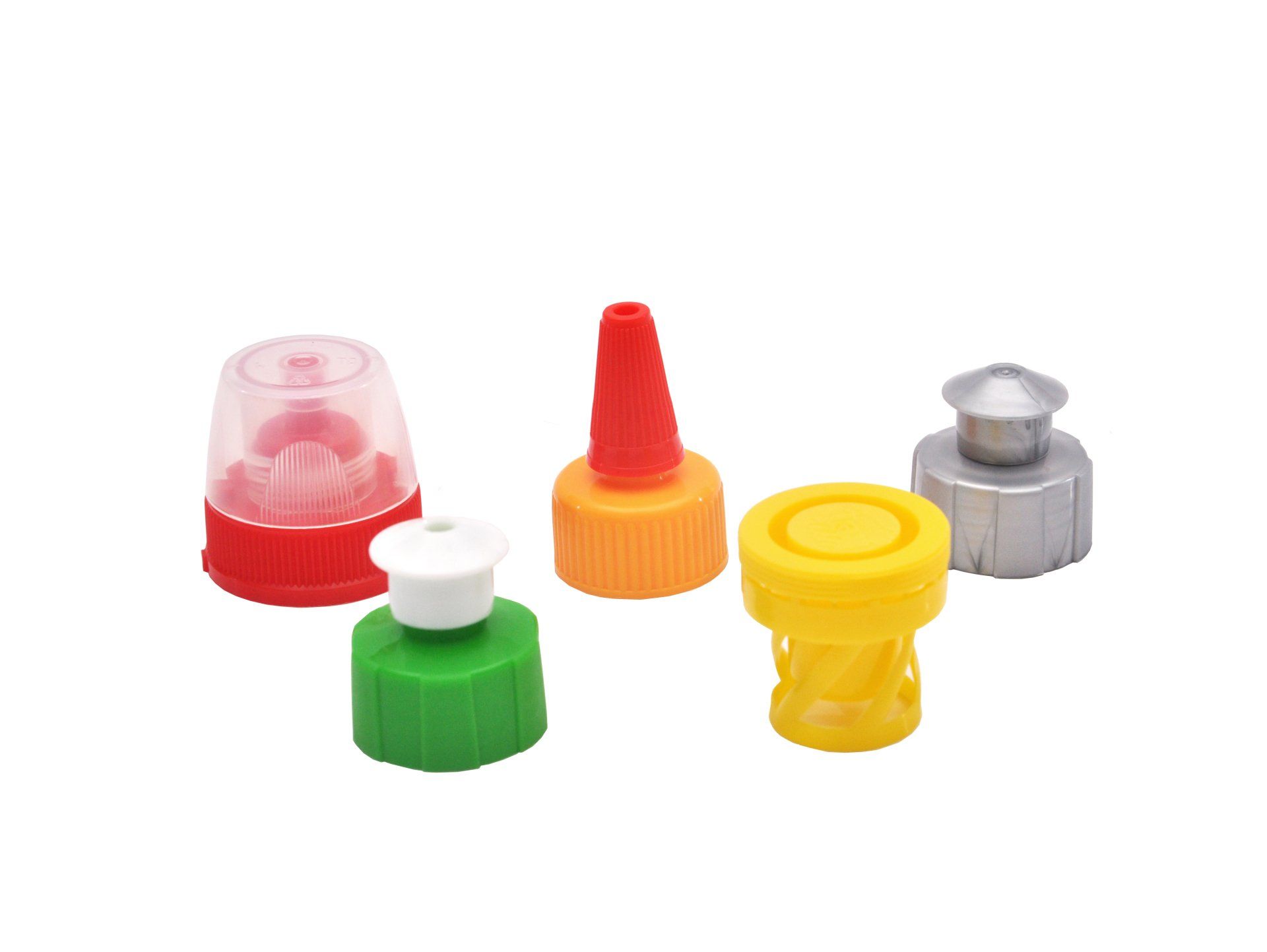
Condiment Closures
Write your caption hereVisit Our Catalog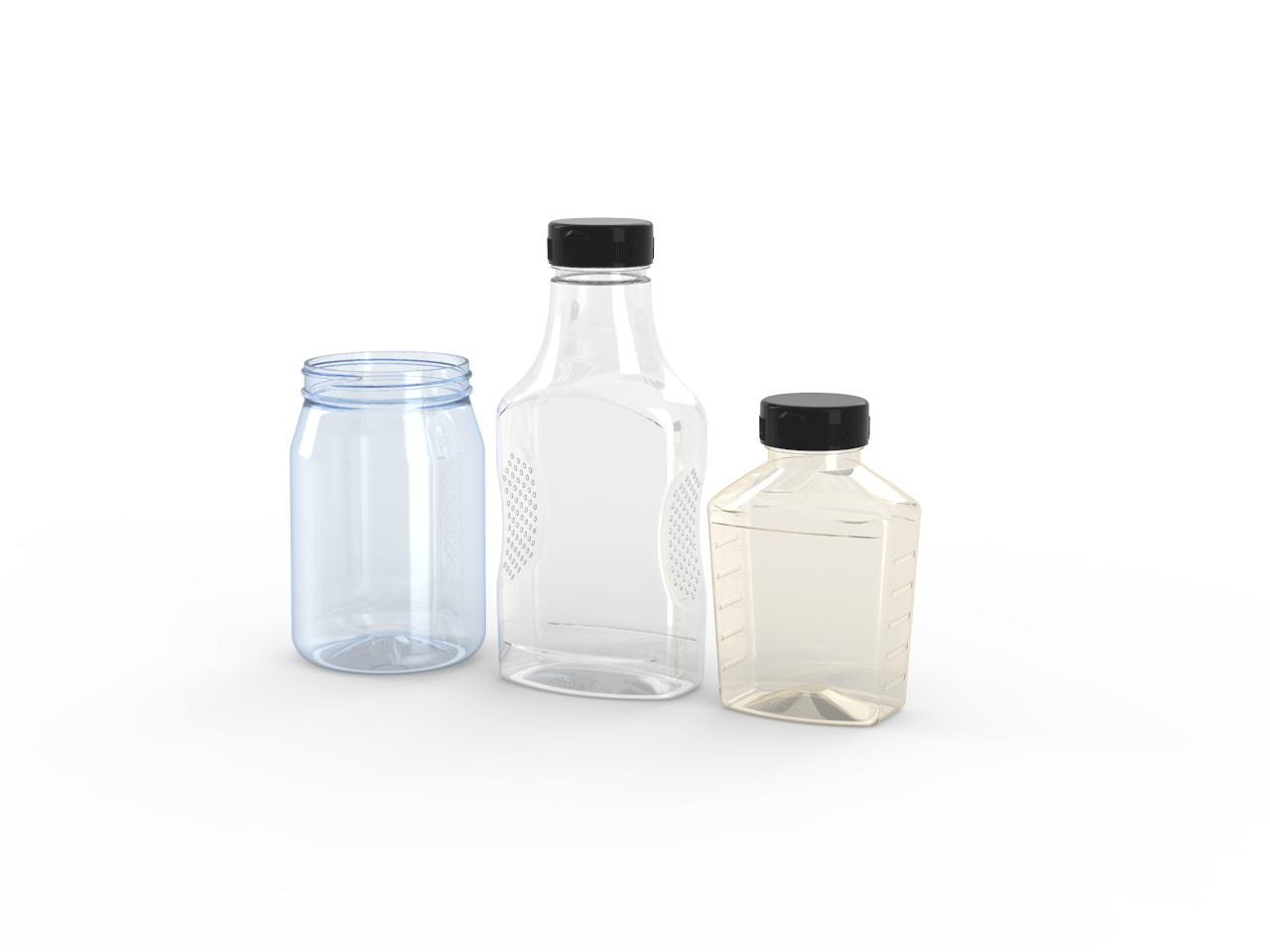
Condiment Bottles, Jars & Caps
Write your caption hereVisit Our Catalog
Plascene Articles
Site Links
Contact info
1600 Pacific Avenue
Oxnard, CA , 93033
888-848-6388
info@plascene.com
All Rights Reserved Plascene Inc. Created + Managed by ⬛️ N U A N C E Collaborative

